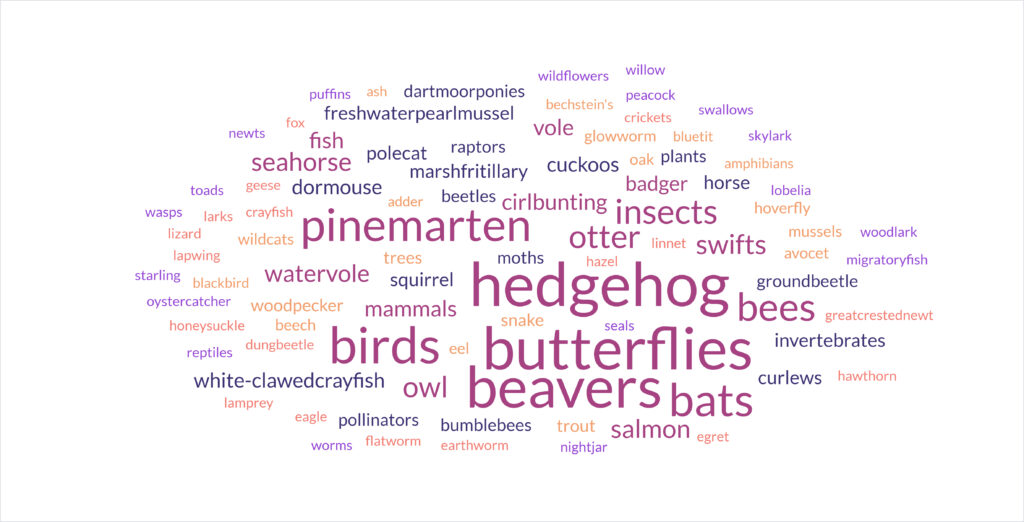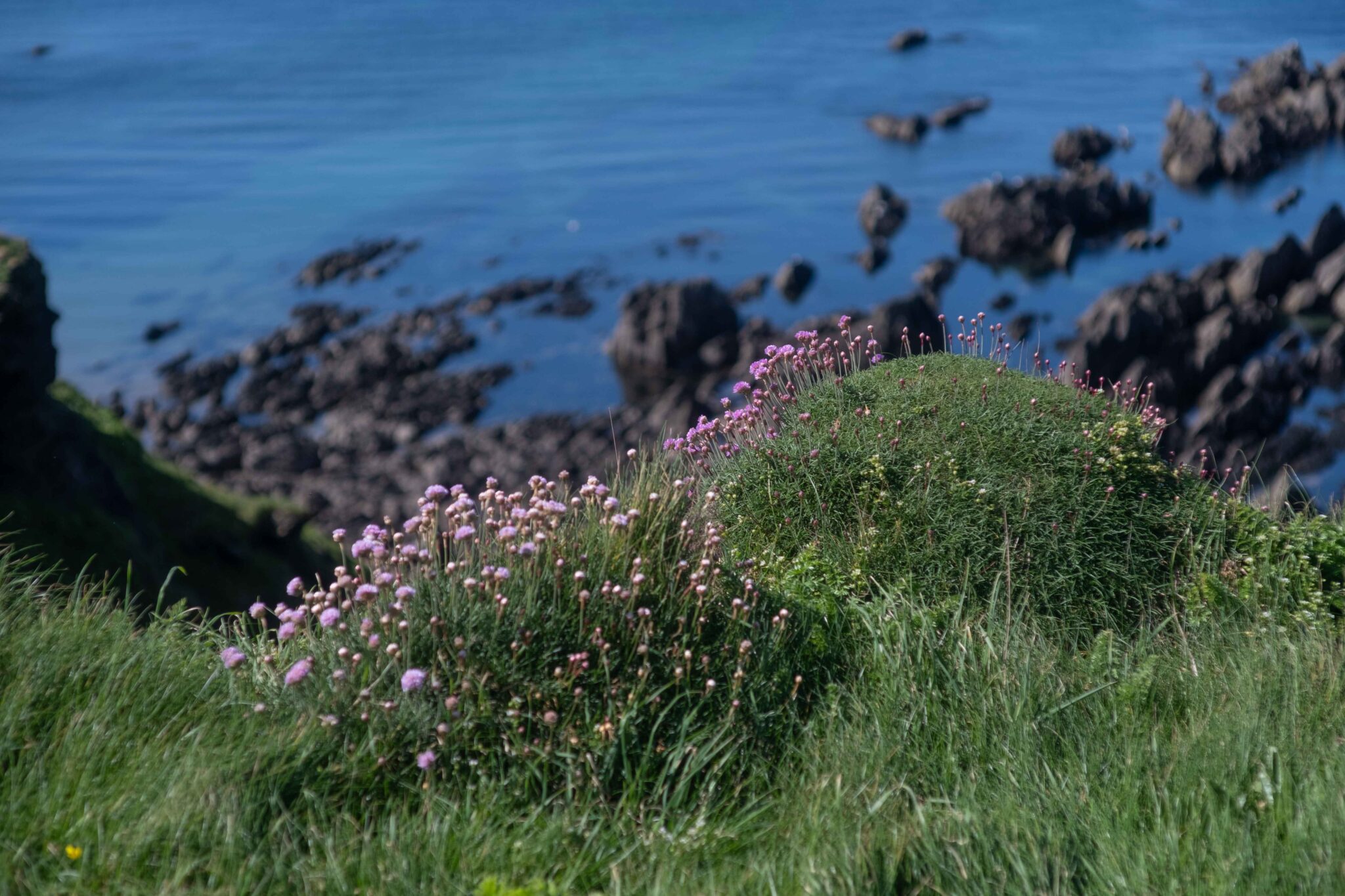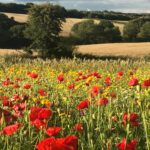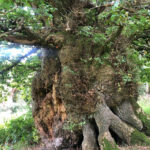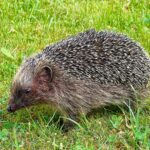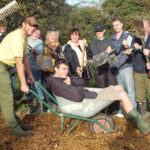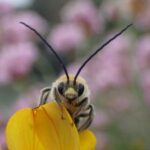This page is being edited and restructured by our copywriter. We will have a menu on the rhs to move between sections.
We need Local Nature Recovery Strategies (LNRS)
TO DRAFT – We need this new plan because nature is under huge pressure. xxxxx couple of reality check sentences about the state of nature and then be positive – huge ops – –
Ref land use framework? Lots of demands on Devon’s land – food, energy, timber, housing, shops, business and industrial sites, transport infrastructure, recreation areas, quarries etc – wildlife needs to be integrated within these land uses and in some cases (rare habitats) needs to be prioritised over other needs – give example- restoring wildlife and providing for all our other needs is possible and we need to get better at it…….
ref national targets – 30×30 / nature recovery network / climate / connecting people and nature
– as a society we need to be better-organised and more focused if we want to give nature the space it needs and a chance to recover.
They are for everyone to use
Everyone can do something for wildlife, either directly (farmers, gardeners, developers and planners, parks and green space managers/contractors, volunteers) or indirectly (funders, educators, policy makers, voters). A few examples are listed under ‘How to use the Devon LNRS’ below.
They are a statutory requirement but are about opportunities and not restrictions
- The 48 LNRSs are a statutory requirement from the Environment Act 2021 and cover the whole of England to mean low water. They are funded by Defra.
- They have been developed in line with guidance notes produced by Defra and Natural England over 2023/4 but each LNRS is very different and has been developed to reflect local priorities.
- Their development is led by Responsible Authorities (RAs) appointed by the Secretary of State. RAs must develop the strategies through collaboration with statutory Supporting Authorities (local authorities, national parks and Natural England) and all other interested stakeholders.
- They should contribute to relevant national targets and help inform nature plans developed at sub county levels, for example by protected landscapes, districts, parishes.
- By law they have to include a ‘statement of biodiversity priorities’ and a ‘local habitat map’. The statement of biodiversity priorities needs to include:
- A description of the area’s wildlife (habitats and species), including pressures and opportunities.
- High-level priorities (what we want to achieve) and the actions that we need to take to achieve them.
- Actions needed to ensure that nature helps to achieve other wider priorities such as improving water quality, reducing flood risk, carbon sequestration and improving our health and well-being.
- Maps. The local habitat map must show (a) designated sites and statutory irreplaceable habitats and (b) where actions to manage, restore and create habitats are most needed.
- They are to help guide everyone in making land use decisions which will benefit nature.
- They are totally voluntary.
- They help guide funding such as Environmental Land Management (government agri-environment funding), Biodiversity Net Gain (statutory developer contributions), Heritage Lottery applications and private investment.
- They help guide Local Plans and development management decisions.
- Will feed into any future local Land Use Frameworks.
- They are a first-stop shop for nature recovery, containing a wealth of information about wildlife and what it needs, linking to further information and sources of advice.
- They help us work together for nature, joining up actions across landscapes for greater impact.
- They are a blueprint for nature recovery, whether you’re thinking about a garden, a farm, a woodland, a landscape or a whole county.
- They don’t impose new legal designations or protections.
- They don’t restrict land use or prescribe how it should be used
- They aren’t a delivery plan. This is the next step. However pressures and opportunities around delivery are included and if any actions are completely unachievable they shouldn’t be included.
The Devon LNRS
- Covers the whole of the county of Devon, including Torbay and Plymouth and is led by Devon County Council as the appointed Responsible Authority.
- Has been developed through collaboration with a huge range of partners including ecological experts, farmers and other land managers, educators, community groups, local authorities, protected landscapes, government agencies and the general public. An overview of this collaboration is set out on the Evidence page in the Information section of this website (for the mo see the Information landing page – this will be moved).
- Has been produced as a website to ensure that is is as user friendly and accessible as possible.
- An overview of how it has been produced is on the Evidence pages. In brief, the strategy includes:
- Habitats……explain
- Species…explain ….including invasive species
- Wider benefits – water, carbon, connecting people and nature – explain
- A Mapping Viewer – explain what this shows
How to use the Devon LNRS
- Use the Viewer to see where action is most needed. Please read the instructions before using the Viewer to avoid frustration! Use the ‘near me’ function to open up all Opportunity Areas in your area of interest. Use the Search function to look for designated sites or go to a postcode.
- Follow links from the Viewer to the Habitats and Species web pages for more detailed information on priorities and actions (or go directly to the web pages).
- Use the website Search function if you are looking for something specific such as a species.
- Hover over words with the glossary symbol to see the definition.
- See Information pages for more details including the Devon Species of Conservation Concern spreadsheet.
- Share what you are doing or have done by adding it to the LNRS delivery map on the Viewer (not yet done).
IMPORTANT: The LNRS mapping is for guidance only and, given the size of Devon, has not been checked at field level. Land management decisions must be based on knowledge of soils, habitat and species surveys, and knowledge of past management.
A few examples of how some different sectors can use the Devon LNRS are given below:
Add video clip of farmers talking about nature and the LNRS. The LNRS can help:
Make farming more profitable through accessing funding linked to the LNRS priorities (such as Biodiversity Net Gain and future ELM schemes).
Better understand how to contribute to Devon wildlife priorities.
Protect soils, water, pollinators and natural pest controllers.
Contribute to net zero carbon targets
Understand wildlife priorities across landscapes, helping farmers to work together.
Diversify, such as through green tourism or wildflower seed sales.
Better understand and enjoy nature.
add text – video clip to be added. The LNRS woodland mapping aligns with the England Woodland Creation Offer funding.
add text – video clip to be added.
add text – video clip to be added.
Community groups can use the LNRS to help inform delivery projects and see how their work helps to achieve Devon wide nature recovery priorities.
add text – video clip to be added. Orlando to edit
Schools, teachers and learners can use the LNRS to explore nature, through activities in the classroom and outside. Doing so will enrich cognitive development, create opportunities for deepening knowledge and understanding, and therefore achievement and attainment. This will foster a deeper connection with nature, ultimately supporting its recovery.
add text – video clip to be added.
More information on Defra/NE guidance, national targets and the evidence base for the Devon LNRS can be found in the Information pages. (or will be for the Public Consultation)
Monitoring and delivery – add a section
Public survey (this will be moved)
To ensure that the LNRS focuses on what matters most to people the public have been asked to name the top three habitats and species that they think the LNRS should focus on. The initial results are shown below.
Habitats
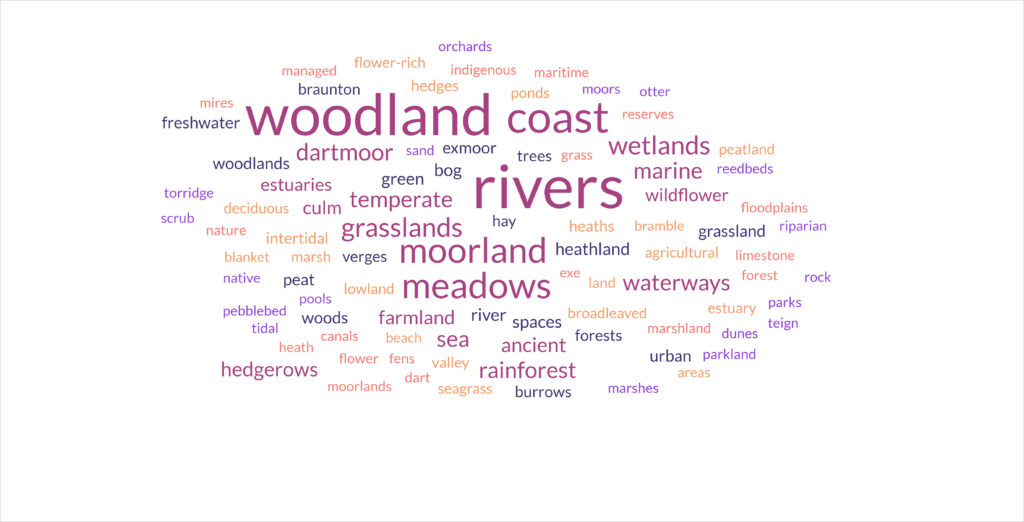
Species
